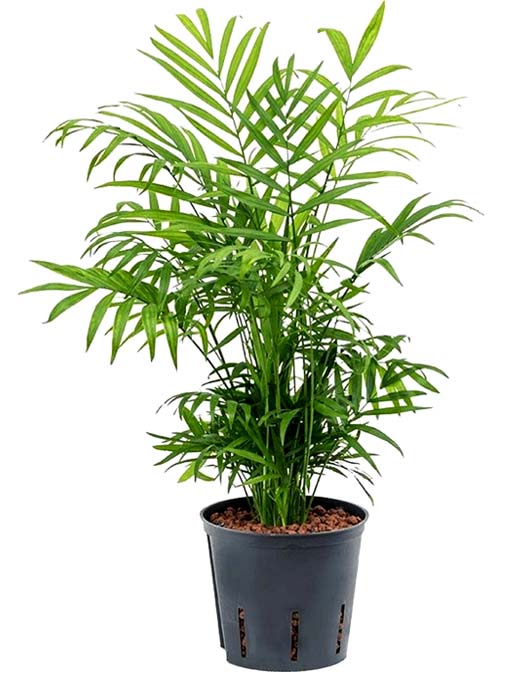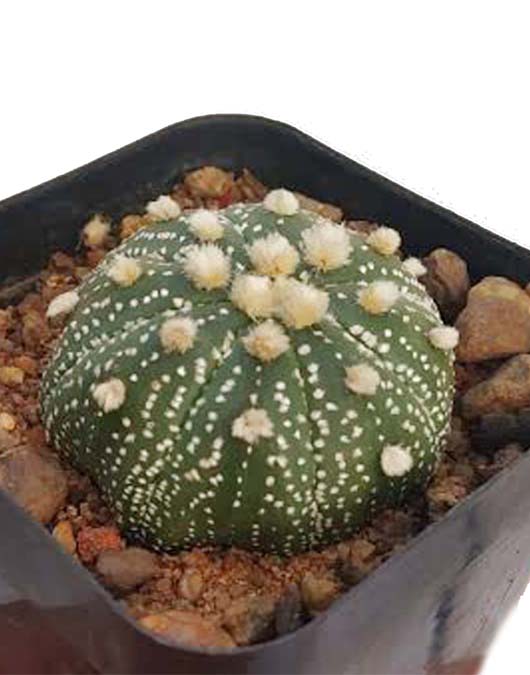- Also known as flapjack paddle plant. this succulent kalanchoe plant has with thick, rounded, paddle-shaped leaves.
- The plant is also known as Red pancake because the leaves frequently take on a reddish or deep pink tint during the winter.
- Water needs only moderate watering when established Keep in direct sun, water in morning, and water only when soil is fully dry
- When watering indoor plants, allow the pot to drain completely before replacing the plant on its drainage saucer. Never over water, as kalanchoe, like all succulents, is prone to rot in soggy soil.
- Plant will be given With Free Plastic Pot
- Aeonium Garnet is a hybrid created by Jack Catlin by crossing Aeonium Schwarzkopf and Aeonium tabuliforme.
- This plant works well in containers, alone, or combined with other succulents.
- The leaves of Aeoniums are typically rounded and arranged in rosettes around center hubs at the end of stems.
- Aeoniums are fleshy leaved succulents that grow in a pronounced rosette shape.
- Plant Will Be Given With Free Plastic Pot
- The Parlour Palm was popular with the Victorians and remains a firm favourite. An elegant plant, easy to look after, with excellent air purifying qualities. They are undemanding in terms of light, water, temperature, humidity and feed, making them perfect for those of us that like low-maintenance room-mates.
- Chamaedorea elegans has bright green leaves on slender, arching stems. The leaves are pinnate, meaning it has feathered leaflets arranged on either side of the stem. With the Parlour Palm, these leaflets form opposite pairs and there can be as many as 40 leaflets on each leaf. Small yellow flowers appear on mature plants if they have sufficient light. Chamaedorea elegans also has the Latin name Neanthe bella. Its common names are Parlour Palm and Dwarf Mountain Palm.
- Common Name : Parlor Palm, Neanthe bella palm Botanical Name : Chamaedorea elegans
- Among all the palm trees, parlor palms are a great place to start for the beginner.
- Plant Will Be Given With Free Plastic Pot
- Chinese fan palms (Livistona chinensis) are popular landscape plants in warm,
- Chinese fan palms (Livistona chinensis) are popular landscape plants. These palms are also known by the common name fountain palm due to the way their fronds arch up and then spill downward like water from a fountain. Each frond can grow 40 to 60 inches long.
- Indoors in a container, It can grow 6-7 feet tall and will add beautiful full, green look to your home.
- You can place Chinese palm in living rooms, hallways, bedrooms, offices, conference rooms, or anywhere with plenty of light. If you place against walls such as room corners, rotate container so all of the foliage gets even light.
- Plant Will Be Given With Free Plastic Pot
- Bring life into dull, empty corners with one of the prettiest houseplants, the Rubber Plant Variegated. Its leaves display stunning variegations in shades of cream, pink and green with red midribs. An air purifier that is as stunning as it gets and thrives with little care is an excellent addition to your space.
- It is a popular ornamental plant from the Ficus genus.
- If you are new to keeping houseplants, variegated rubber plants are generally hardy.
- Ficus elastica variegata (FYE-kuss ee-LASS-tick-uh), known as the variegated rubber plant, has pink splashes throughout its otherwise white and green leaves.
- Variegated Rubber Trees differ from regular rubber trees in their leaf color. Traditional rubber trees have dark green leaves but variegated rubber trees have leaves with shades of red, yellow, cream and green.
- Variegated Rubber Trees like well lit spots with indirect sunlight.
- Avoid direct sunlight, it burns the leaves of the Variegated Rubber Tree.
- Do not place a Variegated Rubber Tree in shade, it will lose the variegated markings.
- If the Variegated Rubber Tree leaves begin dropping or losing color, it needs more light.
- Astrophytum asterias Is Rare cactus Plant
- Astrophytum asterias is a small, spineless cactus with a stem that grows up to 2.4 inches (6 cm) tall and up to 6 inches (15 cm) in diameter.
- Astrophytum asterias is a species of cactus in the genus Astrophytum, and is native to small parts of Texas in the United States and Mexico. Common names include sand dollar cactus, sea urchin cactus, star cactus and star peyote.
- The flowers of this cactus are yellow with red bases and the outer parts are very woolly. Green to pink oval fruits are produced; the outside coat is covered with woolly hairs.
- Give Astrophytum cacti plenty of sunlight—at least 6 hours per day if growing outdoors.
- Like most cacti, these species need well-drained, fairly sandy soil and will likely perish in rich soils that retain moisture.
- Chlorophytum comosum, usually called spider plant but also known as spider ivy, ribbon plant,
- NASA research found that the spider plant has air purifying capabilities. This plant can remove up to 90% of the potentially toxic chemicals floating around. Stress can be limited and mental health boosted when the air is purer in a room.
- The Spider plant is among the most adaptable houseplant and very easy to grow. Even For Beginners
- During the summer, spider plants may produce tiny white flowers on long stems
- Plant Will Be Given With Free Plastic Pot
- If you are looking to fill your home with festive, indoor plants for the holiday season, Christmas cacti make a great addition to your House Décor. They bloom right in time for Christmas and are stunning to look at when they flower. Set them in an east-facing window and watch their green hanging branches bloom with red, white, yellow, pink or purple flowers. Luckily, these plants are easy to maintain and their blooming period is long-lasting, over the course of a several weeks.
- Christmas cactus may be known under various names (like Thanksgiving cactus or Easter cactus), the scientific name for Christmas cactus, Schlumbergera bridgessii, remains the same – while other plants may differ. This popular, winter-flowering houseplant makes a great addition to nearly any indoor setting. Christmas cactus is not only easy to care for but propagates easily too,
- The Christmas cactus is a very popular houseplant—and for good reason! When they bloom, they produce colorful, tubular flowers in pink or lilac colors. Their beautiful flowers, long bloom time, and easy care requirements make them a wonderful plant. We’ll bet someone in your family has a Christmas cactus!
- Plant Will Be Given With Free Plastic Pot.

















